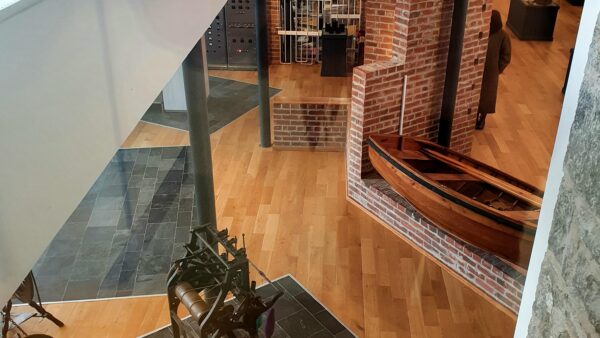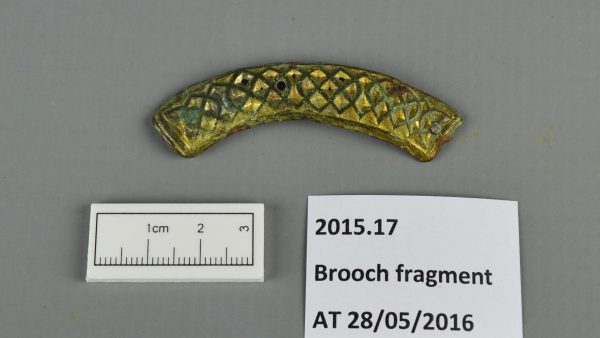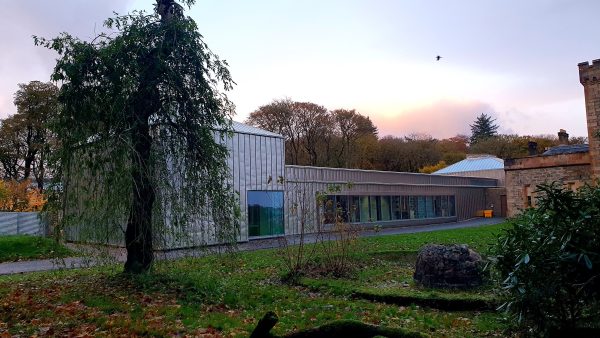Introducing the Sònraichte Project
Sònraichte Project Collections Officer, Samantha Ferrer, started in post in January 2021. Here we introduce both Samantha and the project.
In her previous post as a field archaeologist, Sam’s day-to day activity was to recover the assemblages that appear in the middle of a development, like this Roman burial site on the location of a future school.

History and Archaeological Science background
Sam is a trained historian and archaeologist, and is interested in archaeological finds and what they can tell us about the past. With this in mind, she completed a PhD in archaeological science in Barcelona, studying the cultural and technological impact of European ceramic transport jars and their role during the Spanish colonisation of the Americas. The research took her to diverse places and labs in Europe and the Americas. The day-to-day difficulties of getting access to materials for her dissertation sparked a desire to have an active role in making archaeological collections more accessible.
After finishing her PhD, Sam volunteered and later worked with museums in New York and England to better understand collections management standards and access to information. She enjoyed discovering the micro-histories that collections can show us about individuals and events in the past and, as she is interested in the culture and history of Scotland, she couldn’t resist the opportunity to move to the Outer Hebrides for the ‘Sònraichte’ Project.
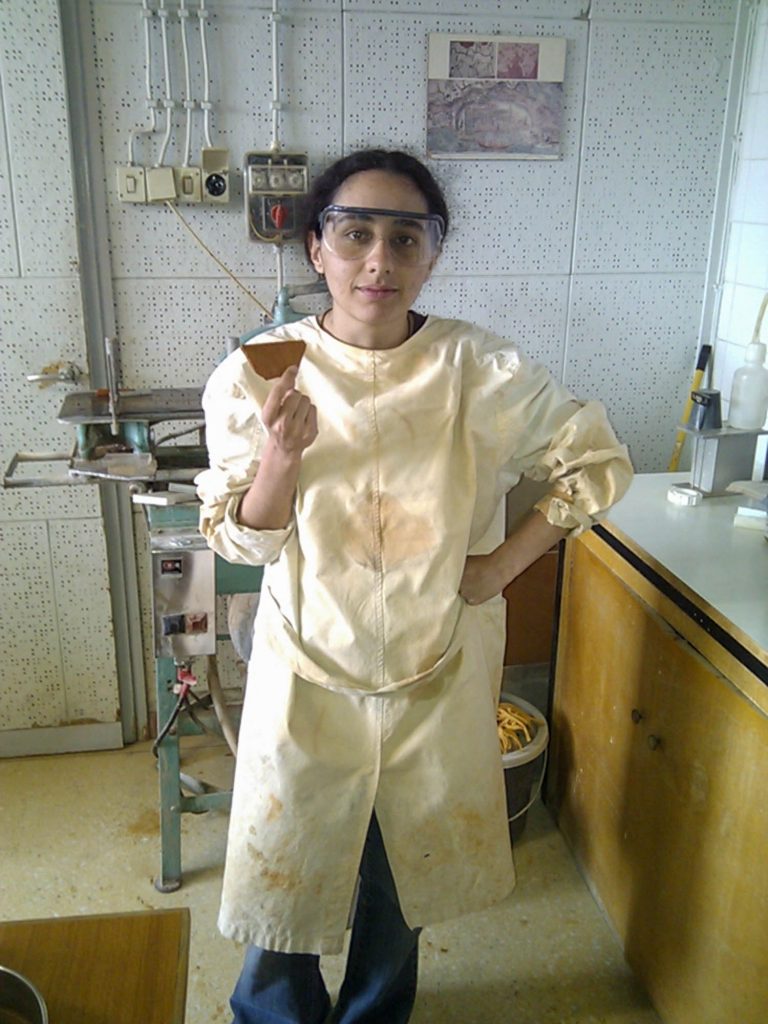
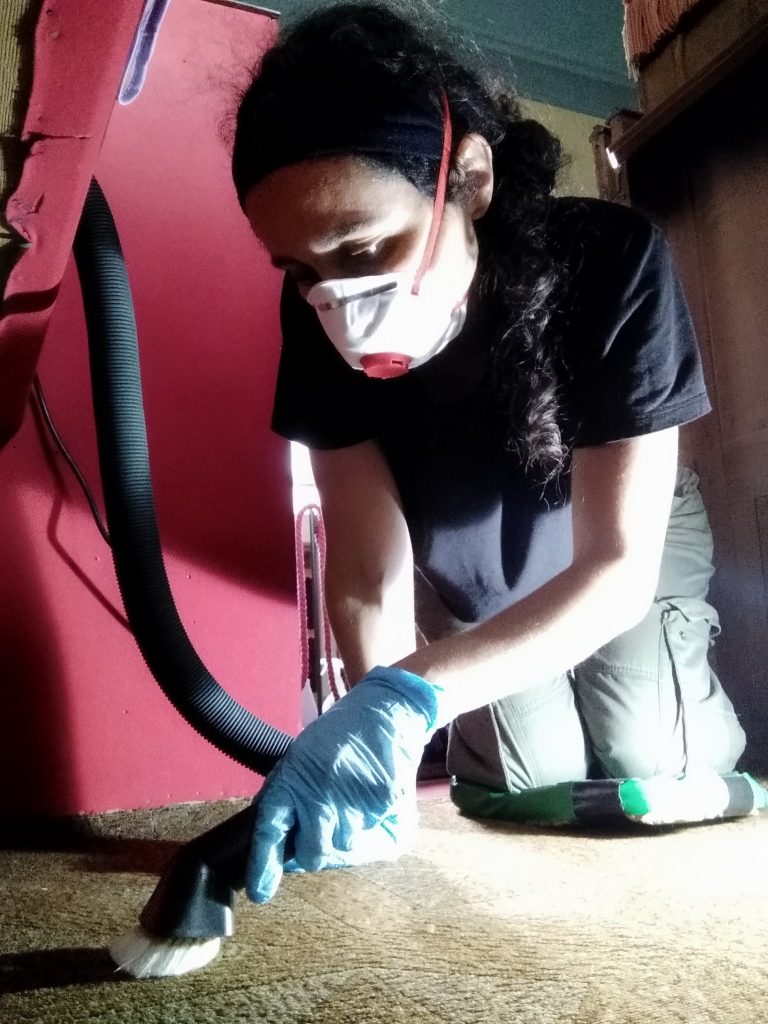
The Sònraichte Project
Some of the archaeology collections held by Museum nan Eilean have legacy issues that don’t reflect current excavation procedures and museum standards, which make our archaeological collections difficult to search and access. In the course of the Sònraichte Project, Sam will be working with these archaeological collections to improve the collections management and increase knowledge of the museum’s assemblages.
The Archaeology of the Outer Hebrides is of great interest to both researchers and community members alike. The project aims to sort out these legacy collection issues and have an improved museum catalogue to promote and develop the archaeological collections, thereby improving their accessibility.
A glimpse of some of the assemblages which are part of the project
There are many assemblages in scope. This article considers just two of them, their current issues and why they’re relevant for researchers and the general public.
Sam, like many people, has an interest in the remote archipelago of St Kilda These islands were occupied from at least 2000 years ago until 1930. They hold a rich cultural heritage. Such a beautiful and undisturbed time capsule is very attractive to social historians as well as archaeologists. The detailed information extracted from the excavations, from at least two different sites on the island, will complement and inform the social history collections that are currently held by Museum nan Eilean.
Archaeology is a discipline of identifying through contexts or layers and how they relate to each other in space and in time: which event comes first, and which event comes last, or what events are happening at the same time.
Samantha Ferrer
Since starting the project, Sam has been intrigued by Dun Bharabhat, a significant Late Iron Age roundhouse on Loch Baravat in Uig, Lewis. This dun island is accessible via an artificial causeway built in the loch. Some of the artefacts recovered from the excavations included typical Hebridean Late Iron age pottery, slag from metal working, and many bones of different animals consumed. A small selection of finds is already on display in the museum. Now, the rest of the assemblage needs proper cataloguing.
Because the site is in Lewis, Sam couldn’t resist paying a visit and understanding what an island Dun looks like in real life. So she put her wellies on and went up the hill to Loch Bharavat to familiarise herself with the site where the assemblage had come from originally. The place didn’t disappoint!

Next Steps
Now that the project is up and running, the next twelve months will involve re-examining parts of the collection to bring these assemblages up to current museum standards. Look out for updates which will highlight the work going on behind the scenes to catalogue the archaeological collections, ensuring their preservation and accessibility for the future.
The ‘Sònraichte’ Project is funded by Museums Galleries Scotland.
This article was originally posted on our blog 15/3/21

